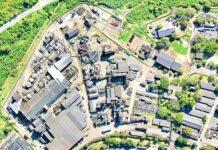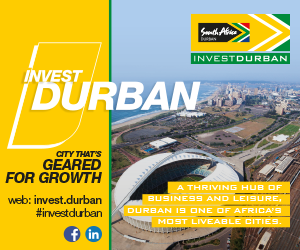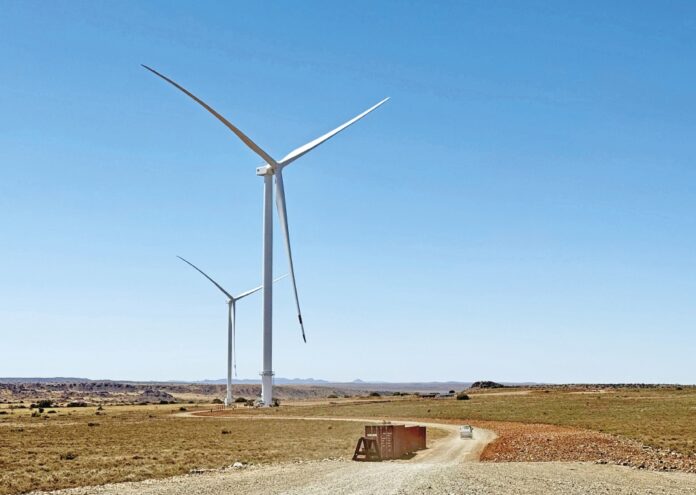
By John Young
The size and scope of the Square Kilometre Array (SKA) radio astronomy project, a large part of which is located in the area around Carnarvon in the Northern Cape, continues to astonish.
In March 2025 the first image from an early working version of the SKA-Low telescope was shared with the world. With only 1 024 of the planned 131 072 antennas deployed, the results outshone expectations and served to heighten excitement in the scientific community for what lies ahead.
The project that set the stage for SKA, the multi-telescope MeerKAT project, now forms part of the SKA and the dishes from the two projects have been synchronised.
MeerKAT included the Karoo Array Processing Building (KAPB) which now serves the same purpose as the SKA’s Central Processing Facility. The building, pictured, is shielded to avoid radio interference generated inside by electronics from leaking out and interfering with observations. Designed by Aurecon, the SKA-Low CPF accommodates precision technology such as Tile Processing Modules, each of which converts and digitises signals from multiple antennas and a clock system comprising three ultra-stable clocks called hydrogen masers.

The Northern Cape has already benefited from SKA. Sponsored Maths and Science teachers at the high school in Carnarvon, the launch of a national Astro-Tourism Strategy, the demand for construction workers and, not least, the new expectation that young people of the Northern Cape can now have of working in an exciting scientific environment close to home.
The Sol Plaatje University is signing up students in data processing as a result. National government will spend R4.5-billion over four years on SKA construction work, including the R142-million Carnarvon Visitors’ Centre.
Investment
A wholly new sector could become an earner for the province if the proclamation of three ports on the West Coast leads to investment. Port Nolloth (Tier 1) and Hondeklipbaai and Kleinzee (Tier 2) have officially been given status as a step towards promoting their potential in terms of fishing, aquaculture and seafood processing.
Renewable energy and mining are two sectors where the most significant investments continue to be made. These include the giant wind projects such as the Roggeveld Wind Farm (147MW) and the Loeriesfontein Wind Farm (140MW). The Castle Wind Farm, reported on in this journal, is an early example for the Northern Cape of a wheeling project, whereby Sibanye-Stillwater’s mining operations in other provinces will benefit. A solar project in the same De Aar area is notable for the funding structure which includes financing from Norfund, the Norwegian Investment Fund for developing countries.
The province’s vast iron-ore mines continue to produce huge quantities of material, subject only to the capacity of the rail network run by Transnet to deliver what is produced to the country’s ports. Minerals Council South Africa estimates that the opportunity cost to the minerals sector of bad transport logistics in 2022 was about R50-billion.
Existing mining enterprises such as the iron-ore and manganese operations of Kumba Iron Ore and Assmang have been joined by Indian and Australian miners looking for zinc and copper, vital ingredients of the transition to a cleaner energy future. Vedanta Zinc International is investing heavily at Aggeneys (the Gamsberg project) while Copper 360 and Orion Minerals are mining between Springbok and Prieska. Afrimat has bought new Northern Cape mines as part of its expansion policy.
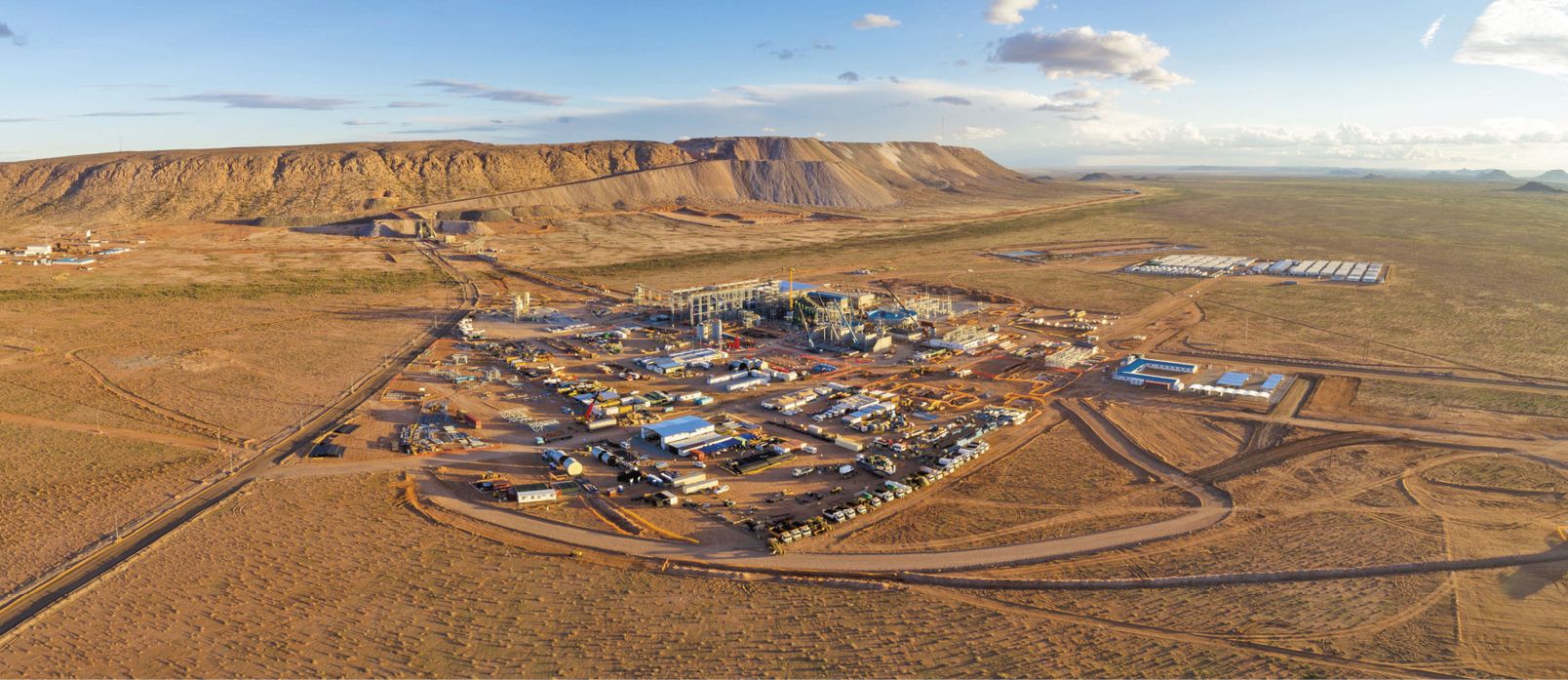
Another way of gauging economic conditions is look at town-level activity. The revival of a precast concrete factory in De Aar is important for the region’s economic prospects, not just for the railway sleepers that Colossal Concrete is making there on contract, but for the potential that it holds for the province’s builders and for renewable energy contractors and manufacturers.
Similarly, the fact that home-grown hotel group Country Hotels has three properties in each of the towns of Kuruman and Pofadder points to an economy where things are happening. With 15 other hotels, inns and lodges in the province and with a focus on the corporate market, the hotel group’s growing footprint counts as a good bellweather for the state of business in the Northern Cape.
In the five-year term of the Sixth Administration of the Provincial Government of the Northern Cape, R25-billion was spent on infrastructure such as clinics, schools, libraries, roads and houses (SOPA 2025). Another important type of infrastructure in the Northern Cape is Special Economic Zones, each of which has its own focus sectors and each of which is being developed by a combination of public and private investment. At various stages of implementation and planning, the various SEZs are the Kathu Industrial Park, the Upington Industrial Park, the Namakwa SEZ in Aggeneys (intended as industrial cluster for mining and agriculture services, beneficiation and manufacturing with Vedanta Zinc International as the core tenant) and the Boegoebaai Port and Green Hydrogen Cluster.
The Northern Cape, as a dry province that relies heavily on agriculture, has adopted a Northern Cape Climate Change Adaptation Response Strategy. This allows for a framework to tackle climate change issues. Floods, droughts and fires are becoming more frequent and more severe; planning can at least mitigate the negative outcomes to some extent.
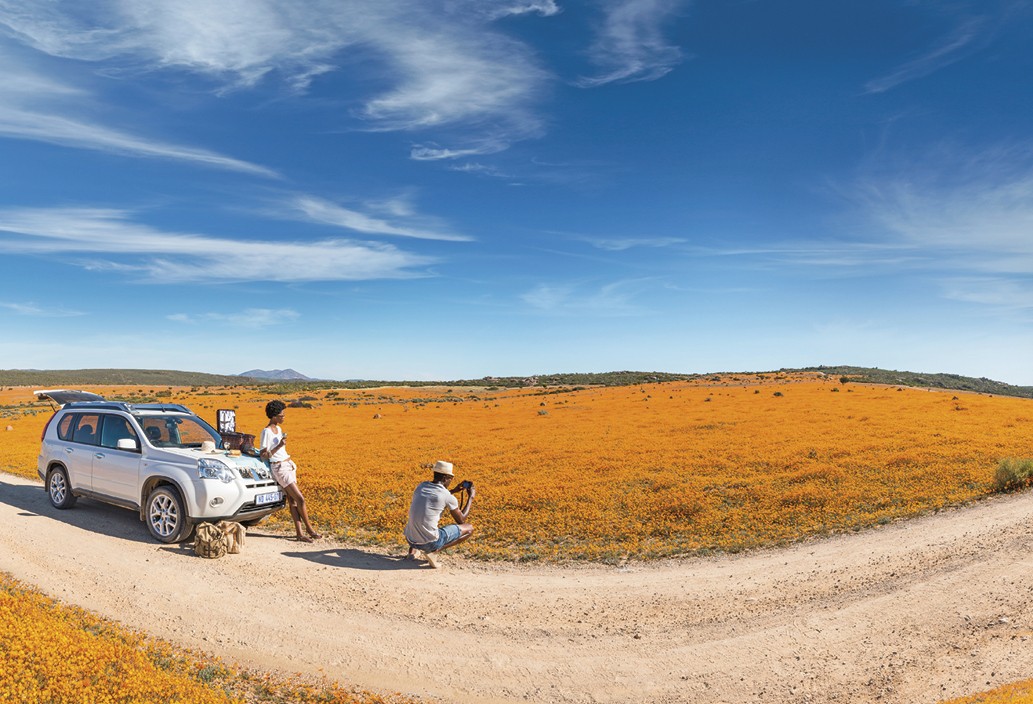
Farmers in the Northern Cape have learnt to be resilient over the years and there are certain niche products that thrive in the mostly dry landscape. One of these, rooibos, has not only secured an internationally recognised Geographical Indication (GI), but is also enhancing its international market share. Red espresso is now a “thing” in some of the trendy capitals of the world.



